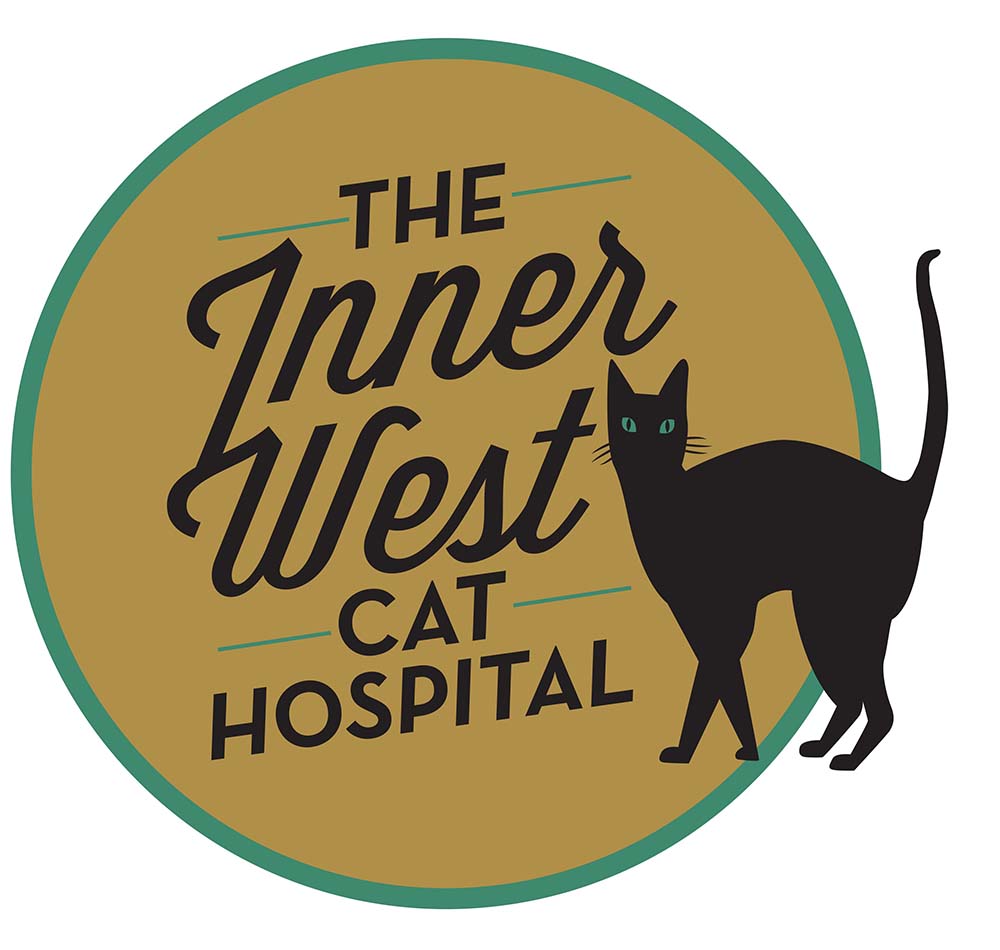Cat Health
SPECIAL PROBLEMS OF FREE-ROAMING CATS
Outdoor cats face many dangers that their indoor friends do not. Falls, toxins, entrapment, cars, attacks by dogs, fights with other cats, and infectious diseases such as feline AIDS and leukaemia virus can all be fatal to a free roaming cat. If your cat really must spend time outdoors, there are ways of keeping them safe (and specific clinical signs of disease you will need to keep an eye out for).
Cats are not as agile as they pretend to be. If you don’t believe us, just ask us how many horrific balcony-fall victims we have seen in our careers. Even if they land on their feet, a fall from any height can result in significant fractures of the limbs, jaw, face, chest or the rupture of their internal organs. Limping, unexplained pain, wounds, misaligned or broken teeth, blood from the ears, mouth, or nose, scuffed nails, mental changes, gait changes, limping or lethargy can be signs that your cat has had a fall and you will need to bring them in to the clinic urgently (or to your closest 24-hour emergency clinic if we are closed).
There are many toxins out there that can affect your feline friends. While spider bites are usually not dangerous to a cat, there ARE poisonous snakes and paralysis ticks locally, yes even in the Inner West. Additionally, many beautiful plants are also toxic to cats. All parts of all species of lilies are deadly to cats – even if they just brush past the flowers. Cycads, cyclamen, sago palms, tulips, daffodils, azaleas, pothos, kalanchoes, chrysanthemums, yesterday-today-tomorrow plant, are all toxic (to varying degrees). In addition, permethrin and some other pesticides used in gardens in Sydney are also highly toxic.
Rat baits, baits and fox baits are all fatally toxic to cats (and designed to attract mammals), as are the rats or other animals that have eaten the baits if a cat was to then go and eat them. Any signs of bleeding, lethargy, pale gums, pain or neurological signs should be investigated urgently especially if there is any chance they may have been exposed to a toxin.

We at the Inner West Cat Hospital LOVE indoor plants, and luckily there are many cat-safe plants to choose from, for both inside and outside your home. Newtown Garden Centre just down the road from the clinic has a great selection and their staff are very happy to show you some cat-friendly options. The following QR code (from a great website called Cat World) will allow you to view a large selection of safe options.
Collars that do not have a safety mechanism incorporated into them so they do not snap undone if a cat is caught can cause horrific injuries if they are caught around a leg, in their mouth or entrapped in a fence or branch while climbing. Collars without a safety buckle should be avoided at all costs. Ask any of our staff about collar options if you are stuck.
Dogs, cars and other external hazards are unavoidable. If a cat is out on the streets, they will eventually encounter them. It is estimated that up to 5.4million cats are hit by cars every year. Most do not survive. Dog attacks are also usually fatal. As much as we love our cats, they are also killers, and responsible for a sickening 260,000,000 Australian native animal deaths a year. While we will always urge you to keep cats indoors or only in enclosed outdoor spaces, pretty much any outdoor area can be made safe using either Oscillot cat fencing systems for colourbond or paling fence (see www.oscillot.com.au for more information) or with specialised cat mesh and frames (see www.catmax.com.au). We at the Inner West Cat Hospital use both these systems in our own homes and can vouch for the effectiveness in keeping our own cats in, the neighbour’s cats out, and our local wildlife safe.
Cat bites are unlike the bites of other animals. The combination of long pointed fangs, and a potent cocktail of oral bacteria make infection following a cat bite inevitable. When a cat bites another, the formation of an abscess is the usual result. If you notice any large, painful or warm swellings on your cat, a puffy face or swollen or painful limbs, this may be the cause. These abscesses need to be treated urgently, or the bacteria accumulating within them will make your cat very unwell.
Feline AIDS is similar to human AIDS, in that it causes immune suppression and overwhelming infections. There is no cure for this disease, and prevention is the only option. It is not a death sentence any more however, and the secondary infections can be controlled with lifestyle management. It is spread via fighting and the transfer of blood or saliva. These diseases are preventable by additional vaccinations (ask our staff if you think your cat is a candidate for this particular vaccination) but protecting your cats indoors and away from cat fights will also do the job.
Desexing your cat will result in them producing less hormones (which attract and signal other cats to start fights your cat didn’t even want a part in), and keeping neighbouring cats out with scare devices (SSScat cat repellent systems by PetSafe, or sprinkler/irrigation systems with timers) physical barriers (fencing, Oscillot rollers, and CatMax) will all help to prevent these injuries to the cats in your life.
Any signs of lethargy, malaise, weight loss, persistent skin or respiratory infections, eye changes or neurological changes, fever or any other vague and persistent signs of illness should be investigated, especially in a cat who is known to get into fights.
